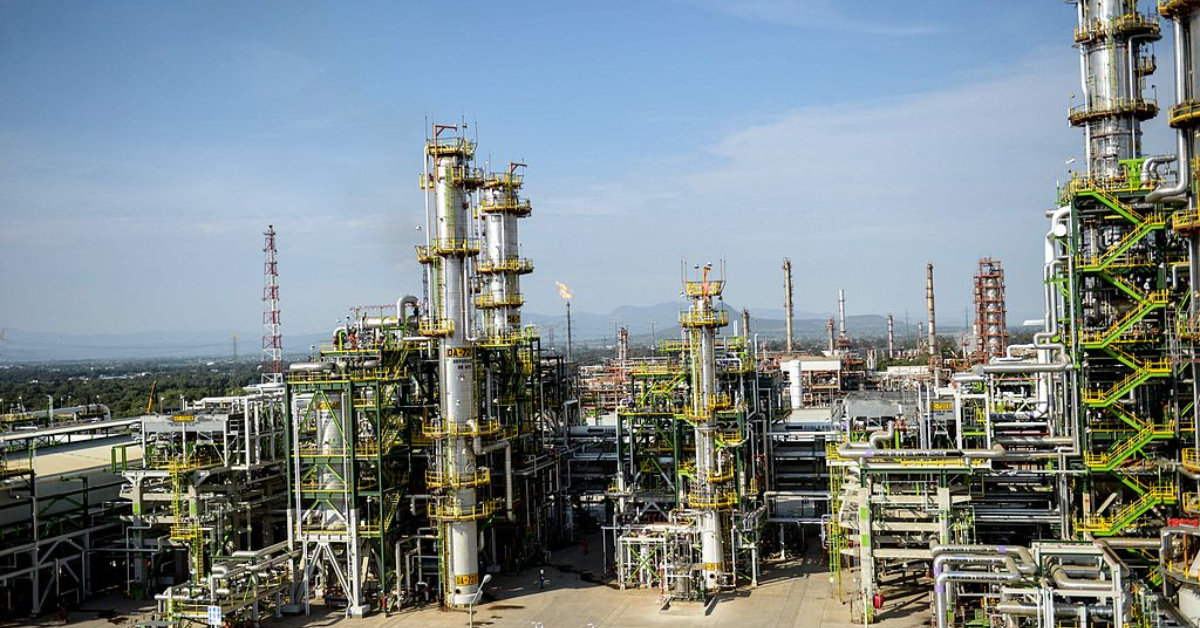Luis León Martínez's house has a view of heaven and hell. The house is surrounded by a garden with banana trees, lilies, and a papaya plant that bears delicious fruit. Martinez is proud of his piece of green. He has just mowed the lawn and is making little mounds with a rake. But neither the smell of freshly cut grass nor the concrete wall that borders the property manages to hide the imposing presence of the Tula refinery. About 500 meters away, an apocalyptic landscape rises: dozens of gray towers and their columns of gas, and . . .






